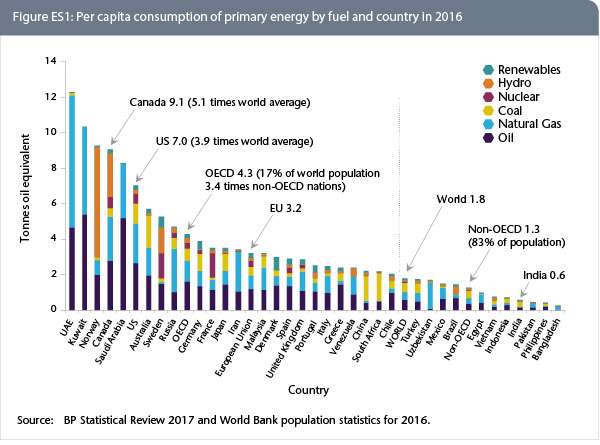
Buildings, including homes, account for 18% of Canada’s greenhouse gas emissions. With the new greener homes grant the Government wants to encourage Canadians to make homes more energy-efficient so they can be more comfortable and more affordable to run, while also supporting the environmental objectives of reducing carbon emissions. Canada also likes selling surplus green hydroelectric power to their neighbours to the south at a premium, so it's a win/win, eh?
The Canada Greener Homes Grants 2022 have been launched to help homeowners make their homes more energy-efficient, create new jobs across Canada for energy advisors, grow domestic green supply chains, and help fight climate change. So, the question remains, what can it pay for and how to apply for the Canada greener homes grant?
So homeowners are eligible for up to $5,600 total under the initiative and the government is committed to ensuring the concept and reality of Greener Homes reaches diverse Canadians, including those living in remote and northern communities and those with limited internet access. This is where the idea of working on building a diverse network of energy advisors comes from, to provide career opportunities to all Canadians and to help meet the need of our communities to move towards more sustainable homes that use less energy.
Eligible homeowners in Canada can apply for a grant up to $5600 to improve the performance of their primary residence. Only one homeowner per home can register.
However, residents of Quebec and Nova Scotia need to apply directly through their provincial programs to book their EnerGuide evaluation and register with Rénoclimat Quebec, Home Energy Assessment Nova Scotia respectively. Residents of New Brunswick are also encouraged to apply through their provincial programs. Residents of Yukon, Northwest Territories, Nunavut, Nunavik and Nunatsiavut, or anyone in an off-grid community needs to look at the special considerations on their own page here.
These applicants may be eligible to register multiple homes, including homes that are not the owner’s primary residence. The home registered must be:
Eligible property types that are included in the new Grant scheme include:
All the following home upgrades can be eligible for the Canada Greener Homes Grant, but you will need to check the small print because they are pro-rated in relation to the type of home, and the percentage improvement you make, which can cap some of the amounts covered by the grant scheme.
If your home seems to use a lot of energy, or has cold spots or condensation on windows, we would suggest you get the home energy audit done, then follow the guidelines contained within it to be able to work out what areas will benefit most from energy efficiency upgrades. But, we always suggest starting with optimizing the insulation for the building envelope, as insulation is the gift that keeps on giving!
Maximum Grant Amount: Up to $5,000
Maximum Grant Amount: Up to $1,000
Maximum Grant Amount: Up to $5,000
Maximum Grant Amount: Up to $50
Maximum Grant Amount: Up to $5,000
Maximum Grant Amount: Up to $5,000
Maximum Grant Amount: Up to $2,625
Once you've double checked if you are eligible for the Canada Greener Homes Grant and your renovation project is eligible, register, quickly!
We also heard hints about zero interest $40,000 deep energy refit loans being put into place soon for Canadians who really want to take their homes to the next level. Sign up here for a free Ecohome membership, and we will let you know as soon as these are announced and the application process opened.
To ensure that you are properly reimbursed, you must have all of the following documents so they can verify your eligible retrofits:
Your energy advisor will upload your before and after photos for you.
You need to keep copies of your documents until March 31, 2028. Note that the federal grants are not taxable and do not have to be declared as income.
When using a licensed professional it is highly-recommended that you obtain proof of their licence to install equipment in your province or territory.
Canadians are large consumers of energy, with per capita consumption five times greater than the world average, 29% higher than the US, and nearly triple that of the European Union - that's why!

Canadians may like to think that this is because it's colder up north - which it is - but with more than 90% of Canadians living within 150 miles of the US border, that's not really an excuse to be using so much more energy than just about anywhere else on the planet.
We really do need to improve existing home performance dramatically - which is why we feel this new Canadian grant scheme focused on insulation, building preformance and energy efficiency is a great step in the right direction.